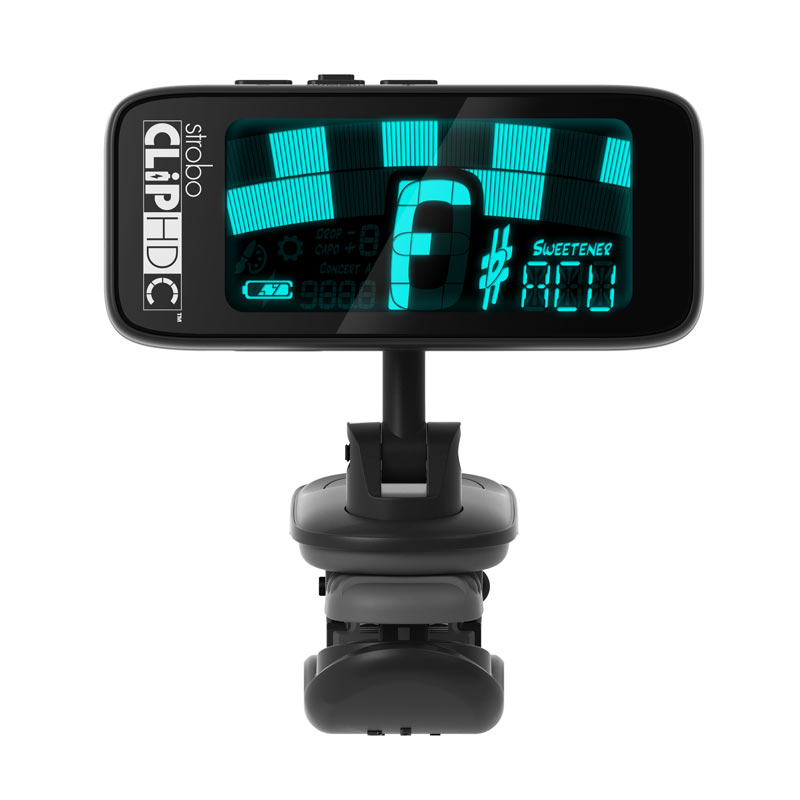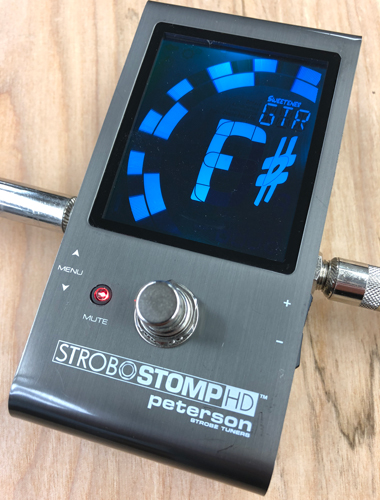Pedal Harp
Overview
Tuning Steps
Sweetened Tunings
Products
More Info
Documents
harp Videos
Discuss
Pedal Harp
Overview
Harps vary also in their range which can go all the way up to almost seven octaves. Regardless of whether your instrument is a simple lap harp with a small range and no levers or a full size concert instrument with multiple pedals, the tuning is crucial and deserves your full attention.
First let’s look at tuning a pedal harp. Begin by deciding where to start, if tuning in C major, begin with C4 or middle C which is usually around the middle area on a full sized harp and is often color coded in red. Next, disengage all pedals. The reason for this is to allow the string to be tuned in its full length, without the friction of the discs in the action and to avoid tension being retained between the nut and the discs and between the discs themselves.
Disengaging the pedals means that the strings are in their “Flat” position, this means that the open strings will be tuned in C Flat major, tuning an octave starting with B, C#, D#, E, F#, G#, A#. If this is too complicated for you, you can make this easier and pretty foolproof by adjusting the “Transpose” feature on your tuner to a value of -1 (minus one) and tuning to C, D, E, F, G, A, B, just remember to reverse the transposition to a zero value after tuning in order to use the tuner normally.
Lever harps are tuned diatonically, meaning they are tuned to a specific key.
How To Tune Your Pedal Harp
- Disengage all pedals before beginning to tune and adjust the tuner to a transpose value of -1.
- Pluck to sound the string and observe the tuner display, check that the note “C” is displayed. With your right hand, adjust the tuning pin with a suitable tuning wrench to stop the tuner’s strobe pattern image from moving continuously in any one direction, continue to adjust until the strobe pattern is motionless.
- Let the string ring out while you adjust, if you hear no pitch change, the wrong pin is being adjusted and the string may break. Confirm visually that the correct pin is being adjusted for the string to be tuned.
- Repeat the until all strings are tuned to C, D, E, F, G, A, B.
- Having tuned the open C strings correctly as described above, press the C pedal into C sharp and pluck the string.
- Using your tuner with a transposition value of 0 (zero), check this as follows:
- If the tuner shows C# on the display and the strobe image is motionless, the action is working correctly, likewise when pressing the pedal into C natural. If the strobe image moves continuously at any time, the harp needs to be regulated.
- Repeat this procedure with the rest of the strings to ensure that your harp’s action is functioning correctly.
How To Tune Your Lever Harp
- Ensure all levers are disengaged ( DOWN position ) before beginning to tune.
- Pluck to sound the Eb string and observe the tuner display, check that the note “D#” is displayed. With your right hand, adjust the tuning pin with a suitable tuning wrench to stop the tuner’s strobe pattern image from moving contuously in any one direction, continue to adjust until the strobe pattern is motionless.
- Let the string ring out while you adjust, if you hear no pitch change, the wrong pin is being adjusted and the string may break. Confirm visually that the correct pin is being adjusted for the string to be tuned.
- Repeat the above until all strings are tuned to D#, F, G, G#, A#, C & D.
- Having tuned the open Eb strings correctly as described above, raise the lever on an Eb string and pluck the string.
- If the tuner shows E on the tuner’s display and the strobe image is motionless, the action is working correctly. However, if the strobe image moves continuously in any one direction, the harp needs to be regulated.
- Repeat this procedure with the rest of the strings to ensure that your harp’s action is functioning correctly.
Standard And Alternate Tunings for harp family instruments
Pedal Harp
B-1 C#-1 D#-1 E-1 F#-1 G#-1 A#-1
Standard with pedals UP
Lever Harp
D#-1 F-1 G-1 G#-1 A#-1 C-1 D-1
Standard
G-1 A-1 B-1 C-1 D-1 E-1 F#-1
G Major
F-1 G-1 A-1 A#-1 C-1 D-1 E-1
F Major
D-1 E-1 F#-1 G-1 A-1 B-1 C#-1
D Major
G#-1 A#-1 C-1 C#-1 D#-1 F-1 G-1
A Flat Major
A#-1 C-1 D-1 D#-1 F-1 G-1 A-1
B Flat Major
Lap Harp
D-1 E-1 F-1 G-1 A-1 B-1 C-1 D-1
Dorian
E-1 F-1 G-1 A-1 B-1 C-1 D-1 E-1
Phrygian
F-1 G-1 A-1 B-1 C-1 D-1 E-1 F-1
Lydian
A-1 B-1 C-1 D-1 E-1 F-1 G-1 A-1
Aeolian
C-1 D-1 E-1 F-1 G-1 A-1 B-1 C-1
Ionian
G-1 A-1 B-1 C-1 D-1 E-1 F-1 G-1
Mixolydian
B-1 C-1 D-1 E-1 F-1 G-1 A-1 B-1
Locrian
Pedal Harp
B-1 C#-1 D#-1 E-1 F#-1 G#-1 A#-1
Standard with pedals UP
Lever Harp
D#-1 F-1 G-1 G#-1 A#-1 C-1 D-1
Standard
F-1 G-1 A-1 A#-1 C-1 D-1 E-1
F Major
G#-1 A#-1 C-1 C#-1 D#-1 F-1 G-1
A Flat Major
A#-1 C-1 D-1 D#-1 F-1 G-1 A-1
B Flat Major
D#-1 F-1 G-1 G#-1 A#-1 C-1 D-1
Standard
F-1 G-1 A-1 A#-1 C-1 D-1 E-1
F Major
G#-1 A#-1 C-1 C#-1 D#-1 F-1 G-1
A Flat Major
A#-1 C-1 D-1 D#-1 F-1 G-1 A-1
B Flat Major
Lap Harp
D-1 E-1 F-1 G-1 A-1 B-1 C-1 D-1
Dorian
E-1 F-1 G-1 A-1 B-1 C-1 D-1 E-1
Phrygian
F-1 G-1 A-1 B-1 C-1 D-1 E-1 F-1
Lydian
A-1 B-1 C-1 D-1 E-1 F-1 G-1 A-1
Aeolian
C-1 D-1 E-1 F-1 G-1 A-1 B-1 C-1
Ionian
G-1 A-1 B-1 C-1 D-1 E-1 F-1 G-1
Mixolydian
B-1 C-1 D-1 E-1 F-1 G-1 A-1 B-1
Locrian
Sweetened Tunings
Sweeteners For Harp
Products With Harp Sweeteners
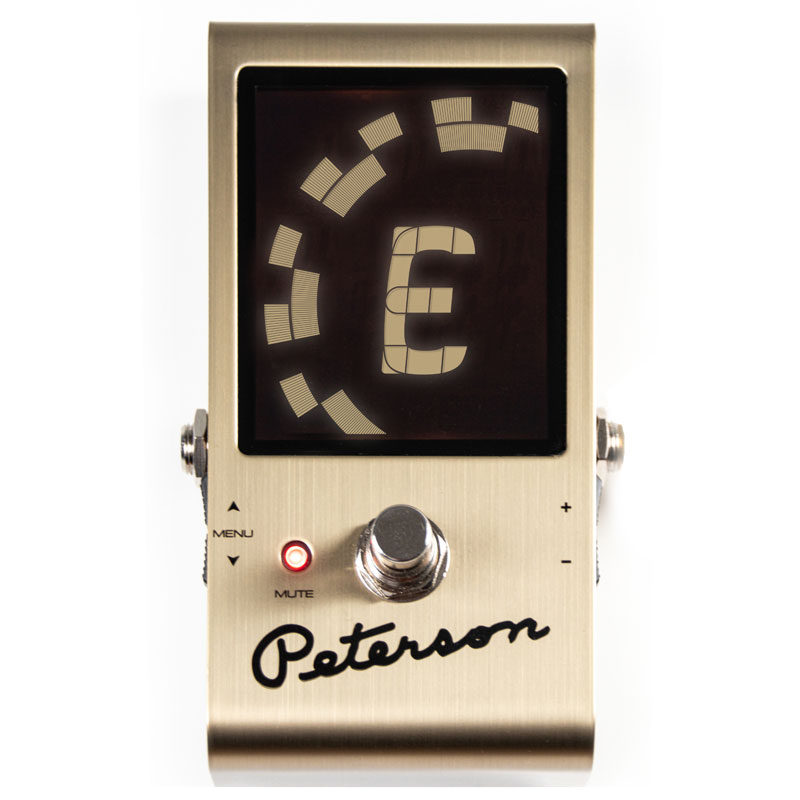
StroboStomp LE
$169.00
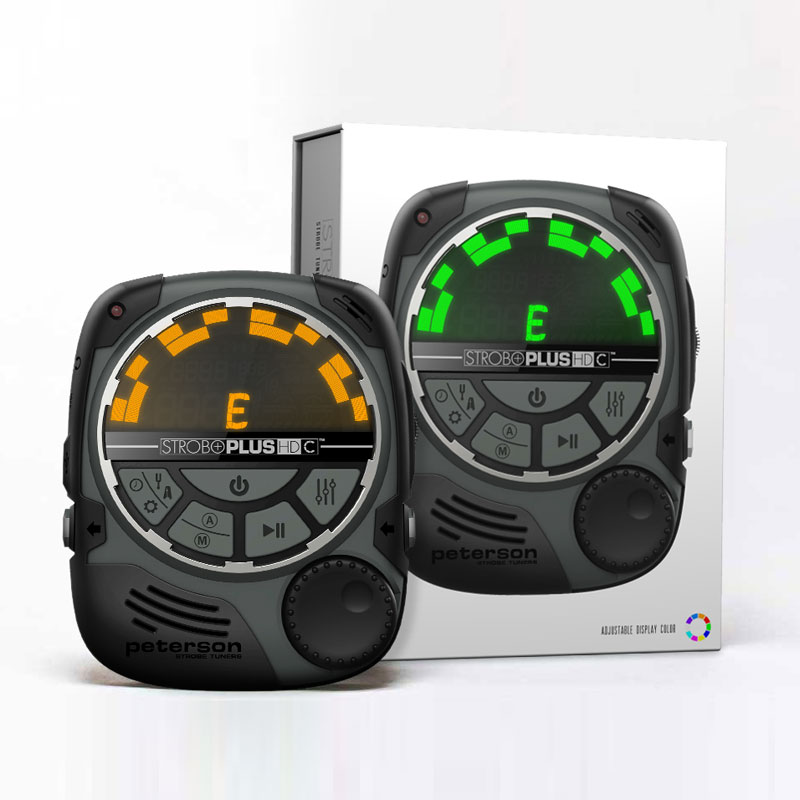
StroboPLUS HDC
$179.99
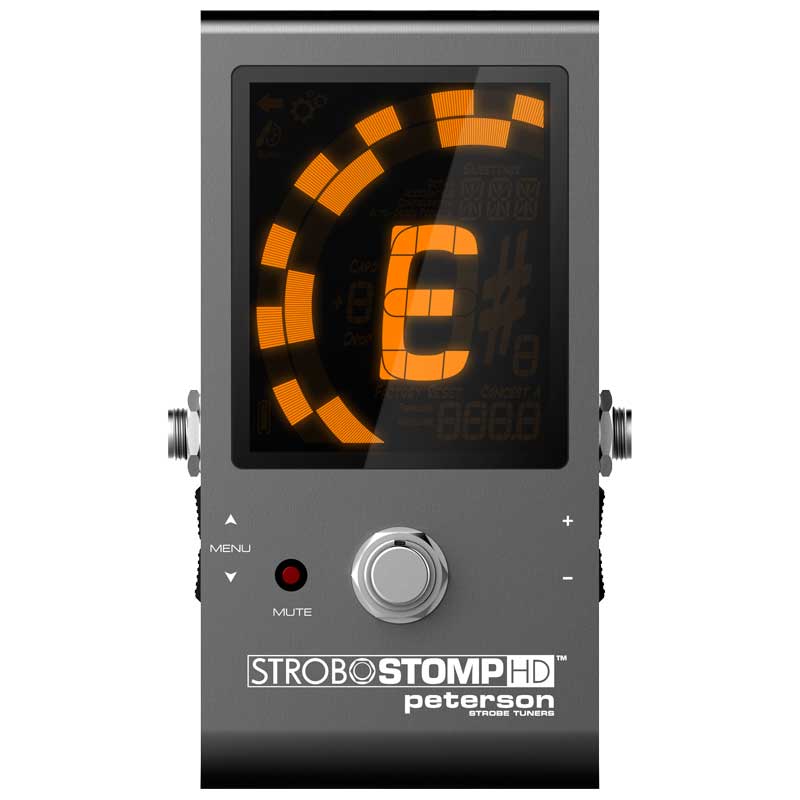
StroboStomp HD
$149.00
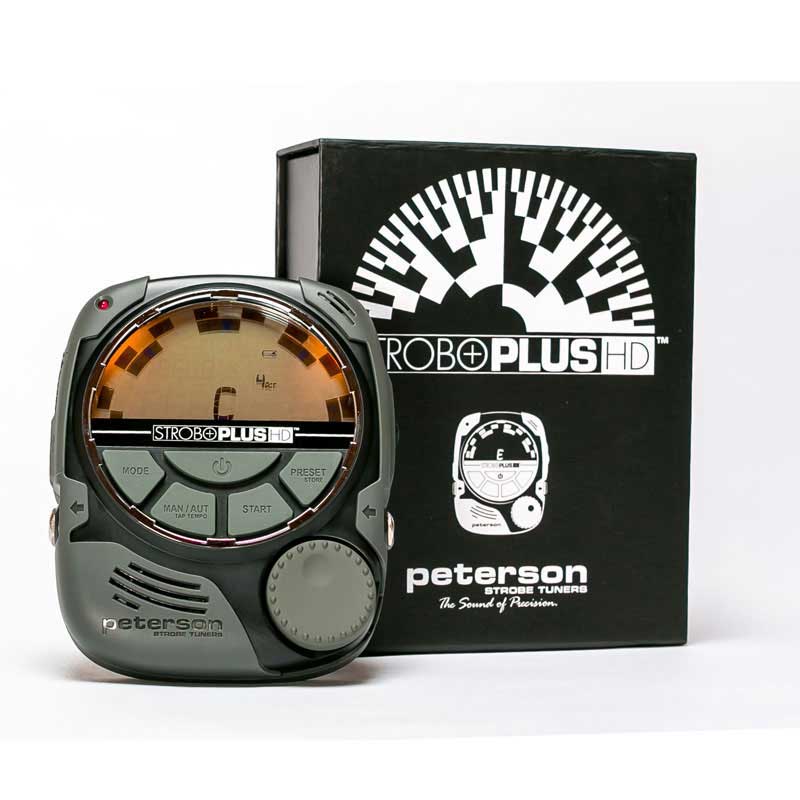
StroboPLUS HD
$149.99
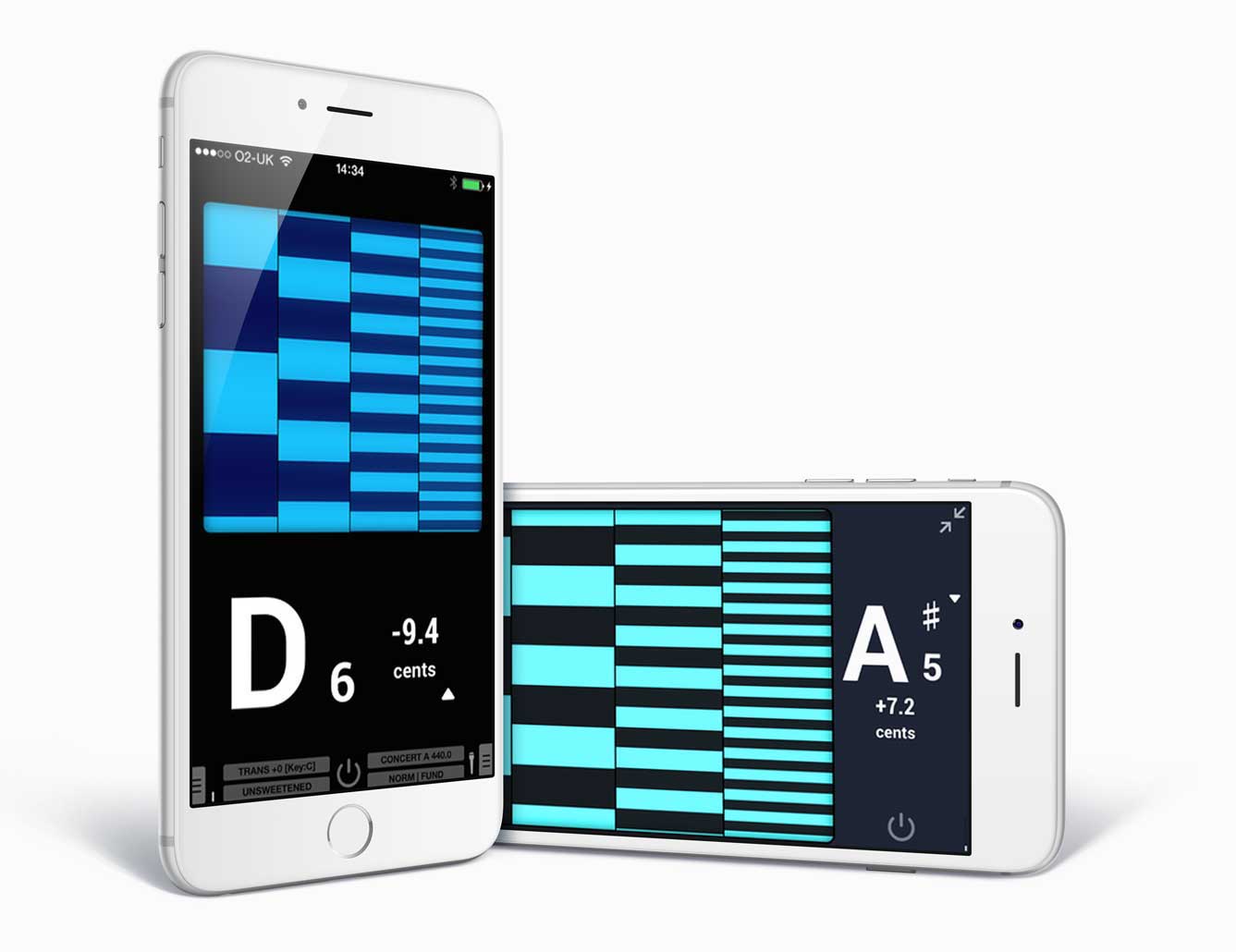
iStroboSoft™ (iOS)
$9.99

Things to check to get the most out of your instrument’s tuning
2. Tune the middle octave first, alternating then with treble and bass octaves to retain an even tension on the frame.
3. Use the proper tuning wrench to avoid stripping pins.
4. Check your harp’s regulation often, pedal harps will usually need more frequent regulation than lever harps.
Famous Harps
View Another Instrument


